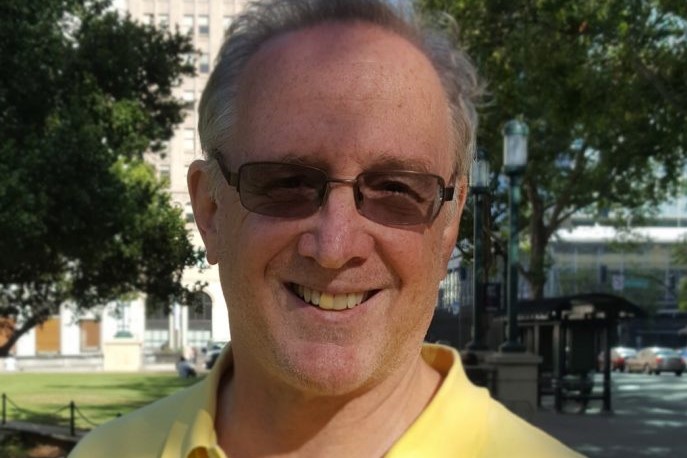Long-Term Incareration: the men and women who have been locked away for more than a quarter century in California’s prison system.

It’s Time to Reconsider the Practice of Decades-Long Incarceration
Listed below are the names of the parole-eligible life-sentenced prisoners who, as of December 31, 2016, had been incarcerated in the California Department of Corrections and Rehabilitation (CDCR) for more than a quarter century–in other words, “lifers” who have been locked up since before January 1, 1992. (While many have been released since this list was compiled, and others have died—including, for instance, Charles Manson—others, whose names we do not know, have sadly joined the ranks of the 25-year “club.”) We publish these names in order to remove them from the obscurity of statistics and to start a discussion about the need for decades-long incarceration.
Notwithstanding society’s abhorrence of the crimes these men and women were convicted of committing, they are still flesh and blood human beings. They number 3,956 in all: 109 women and 3,847 men. The list is not exhaustive; not included are the names of those men and women who were under the age of 18 when they committed their crimes, as well as those whose safety might be jeopardized by release of their identities (at least in the estimation of the CDCR staff who compiled the list, pursuant to a request by the author under California’s Public Records Act). Also not included are the names of the (thousands of) men and women serving sentences of life without the possibility of parole[1] or sentenced to death,[2] or those sentenced to determinate, very lengthy (“virtual life”) sentences, even though many of them have also been incarcerated for more than 25 years.
All told, California now has more than 26,000 men and women serving sentences of life with the possibility of parole.[3] That’s roughly 20 percent of the total CDCR in-custody population, which numbers now approximately 130,000.[4] It’s also about a quarter of the total number of prisoners nationally who are serving sentences of life with the possibility of parole (more than 110,000).[5]
Decades-long incarceration is a relatively new phenomenon. It coincides with, and sustains the infrastructure of, mass incarceration.[6] Studies reveal that people convicted of murder, who constitute the vast majority of life-sentenced prisoners, have low rates of recidivism—much lower than those who receive determinate sentences.[7] Studies also reveal that life-sentenced prisoners are serving much longer sentences today than they used to serve, with no discernible gains in public safety.[8]
In California, for instance, the median time served on a life sentence for first-degree murder was less than 12 years in 1980.[9] In 2012, the median time served exceeded 28 years,[10] and a first-degree murderer today cannot even be considered for release on parole before serving at least 25 years.[11] These figures, taken from CDCR’s website, are deceptive: they take into account the time served only by those who were actually released on parole; they take no account of the (much longer) time served by the increasing number of lifers who have yet to be released—and, depending on the political winds, may never be released. Indeed, an increasing number of life prisoners are dying in prison;[12] California records, for instance, reveal that, from 2000 to 2011, despite a law that commanded the parole board to “normally” find them suitable for parole,[13] life-sentenced prisoners were dying at a rate that exceeded their rate of release from prison.[14]
Every dollar spent on prisons is a dollar not spent on schools, hospitals, and highways.[15] State and local spending on incarceration has grown three times as much as spending on public education since 1980.[16] California’s educational system, once the envy of the world, is now in the bottom third of the states in per-pupil spending (or lower, depending on how one measures expenditures)[17] and has the lowest teacher-pupil ratio in the country.[18] As the quality of California’s educational system has declined, the fortunes of its correctional system have risen.[19] Today, roughly one in six state employees works in the prison system.[20] California has the second largest prison population in the country, behind only Texas.[21] Similarly, the U.S. has the largest prison population in the world and the second-highest per-capita incarceration rate (behind only Seychelles, with a total prison population of less than 1,000),[22] far ahead of Russia, China, Iraq, and Iran.[23] Currently, 65 million Americans have criminal records;[24] that’s one out of every five people in this country—perhaps the largest “closeted” group ever! With just 5 percent of the world’s population, the U.S. houses nearly 25 percent of the world’s prisoners.[25] Nearly a third of all female prisoners worldwide are incarcerated in the U.S.[26] And the U.S. today imprisons a larger percentage of its black population than did South Africa at the height of apartheid.[27] This disproportionate use of incarceration in the United States should raise eyebrows, if not genuine concerns, not only as to the economic costs, but also as to the underlying motivations, overt as well as covert, and the resulting societal costs.
A word about the list of names below. We decided, after consulting with a number of formerly incarcerated men and women, to publish only first initials with last names, as opposed to full names, because, while we believe it important to humanize those who continue to be incarcerated, we also felt it important, and necessary, to respect their privacy.
About the author: Michael Brodheim worked as a research intern for the American Friends Service Committee in SF, from January to September 2016. He now works as a paralegal for The Dignity Law Project in San Francisco, a legal group which does not charge its clients for services rendered. A one-time graduate of MIT, Brodheim served over 34 years of a life sentence for first-degree murder; he was released in July 2015, more than 20 years after he was first eligible for parole. Faced with reentry barriers, Brodheim started a company, Mindful Communication & Conflict Resolution Services LLC (MiCore), see www.micore.strikingly.com, which will employ formerly incarcerated men and women as team-building/self-empowerment workshop facilitators in the business and education sectors.


